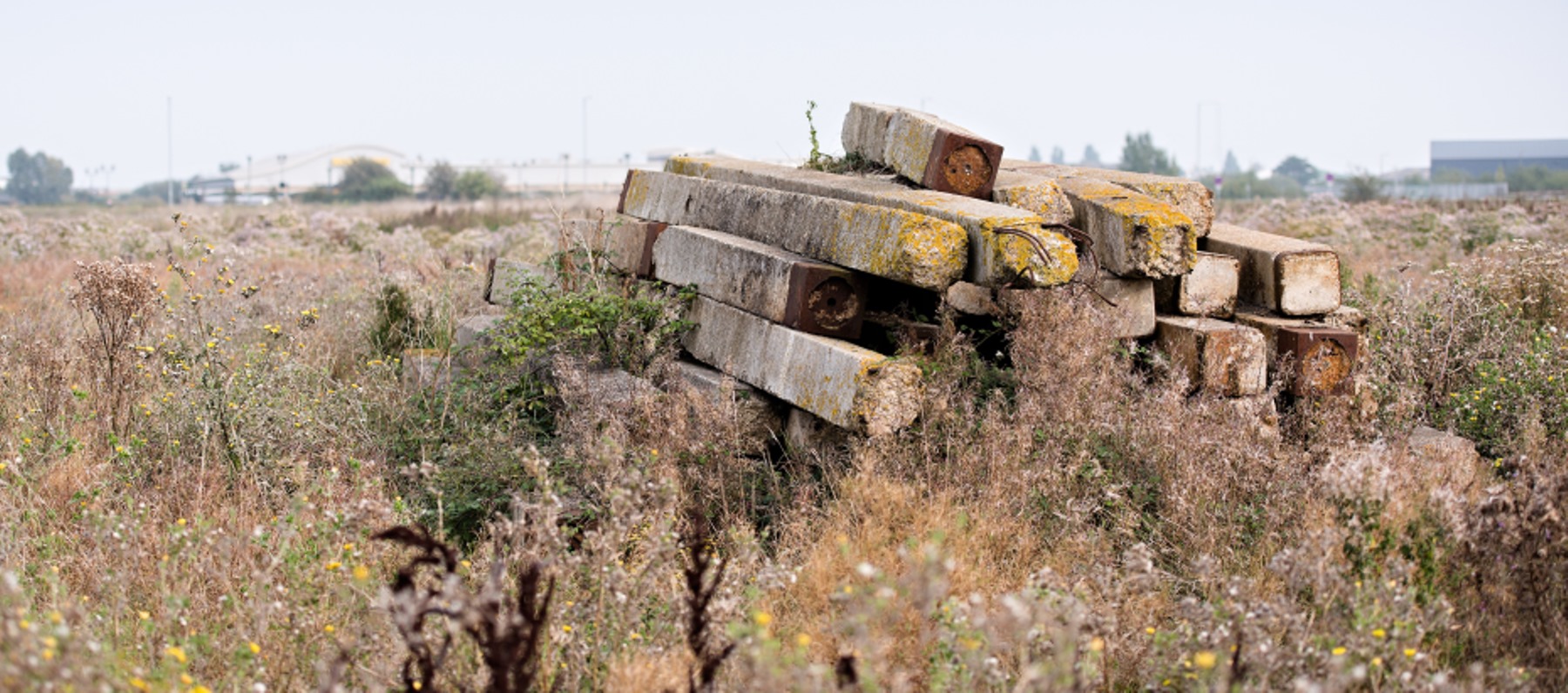
15 September 2017
The guidance, produced by a number of environmental NGOs, encourages the appropriate development of brownfield sites, while providing clear guidance to safeguard areas of environmental and archaeological significance. It builds on recent government-issued guidance, to provide bespoke advice to help LPAs identify and protect those brownfield sites that are valuable for wildlife and communities.
The Housing White Paper promises more of the right houses in the right places, meeting a demand of between 225,000 and 275,000 homes every year. Link recognises the pressing demand for new homes, however, the quality and location of new housing is just as important as the numbers.
Chair of Link’s Land Use Planning Working Group Victoria Bankes Price said: “With so many issues to consider, we hope this new guidance will help planning officers collate and consider all of the available evidence to empower them to preserve important brownfield sites.”
Juliette Young, a member of Link’s Land Use Planning Group added: “Brownfield sites can be real havens for wildlife. Canvey Wick an SSSI in Essex, is the site of a former oil refinery and an amazing example of a wildlife-rich brownfield site, supporting over 1,400 species of invertebrates. It is the most important site in the Thames Gateway for the shrill carder bee. We wish to see such important sites protected from development.”
Redeveloping brownfield land can provide opportunities for sustainable development, reducing pressure on other sensitive green space. However, a number of brownfield sites support some of the UK’s most threatened species, as well as being of archaeological significance.
Often brownfield sites offer the last ‘wild space’ in urban areas for local communities, improving people’s access to nature and, consequently, improving health and well-being. Link’s guidance offers advice to LPAs to determine when a brownfield site is of high environmental value, and therefore should be protected from development.
The guidance is available online, and will be sent to every Local Planning Authority in England, as well as other interested stakeholders, including the Department for Communities and Local Government.
Ends
Notes for editors


Latest Press Releases